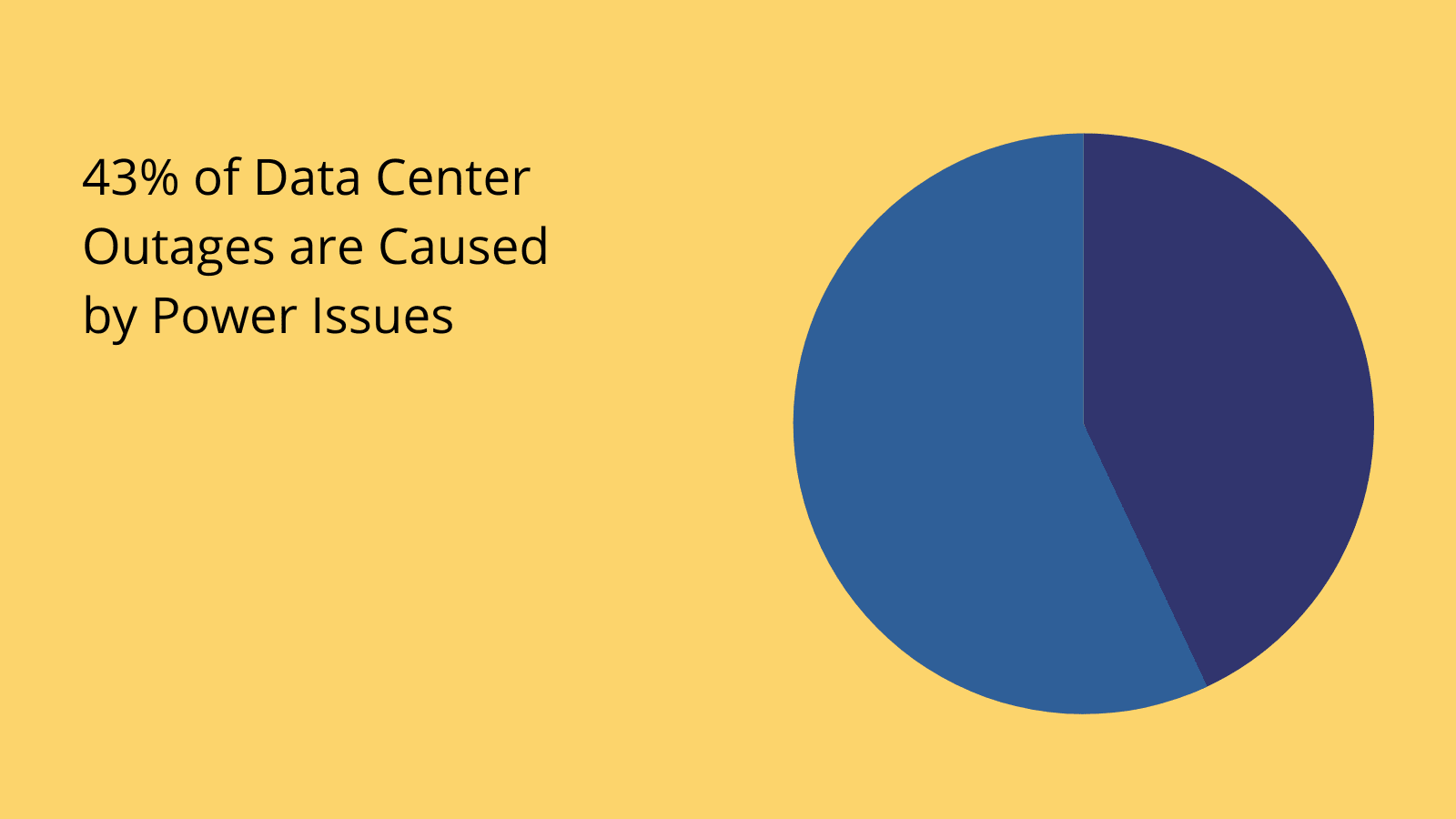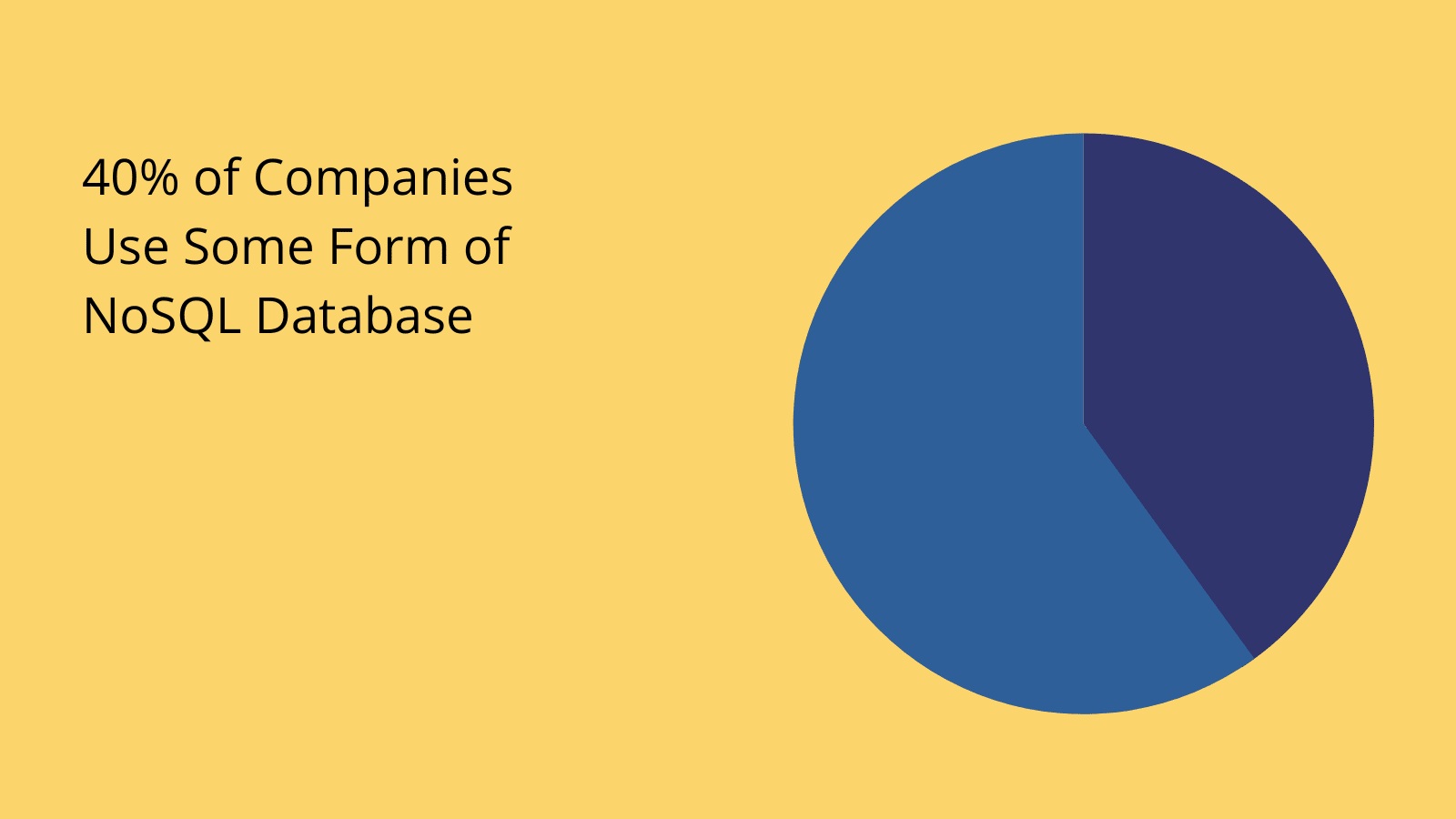What is ACID Compliance?
ACID compliance is one of the most fundamental data management concepts that you鈥檒l want to get to grips with. In fact, this is so ubiquitous that you not have paid it much attention before - to many people, it鈥檚 just the way databases work.
Of course, this isn鈥檛 quite the case. Not every database adheres to the ACID model. Indeed, not every use case would benefit from this.
Therefore, we need to know what we鈥檙e dealing with in order to make an informed decision about what鈥檚 right for our app project鈥檚 data model.
That鈥檚 exactly what we鈥檙e covering today.
More specifically, we鈥檙e going to check out what ACID stands for, what it means in practice, the problems it solves, and when it comes into play.
We鈥檒l also think about how the landscape here has changed over the past few years, along with what 黑料正能量 brings to the table for internal data management.
Let鈥檚 start with the basics.
What is ACID compliance?
First thing鈥檚 first. ACID stands for atomicity, consistency, isolation, and durability. This is a framework for ensuring the validity of databases while carrying out transactions.
A transaction here is any chain of database commands or queries that are carried out to perform a particular task. For example, reading a row in one database, adding the same values to a different table, and deleting the original entry.
Essentially, the idea here is to mitigate against the risk of anything going wrong during transactions.
To understand how this works in practice, let鈥檚 break ACID compliance into its four constituent principles.
Atomicity
First, atomicity. This means that a transaction is not successful unless all of its constituent elements are successful. Either every action occurs or none of them do - in other words, just one part of a transaction can鈥檛 be carried out in isolation.
The idea here is that a transaction happening partially will likely cause more issues than the whole thing failing. For example, if your bank debited your account without crediting your payee.
Atomicity guarantees that transactions won鈥檛 partially occur, even in the case of power outages, interruptions, or other incidents. It also means that an external database client can鈥檛 see that a transaction is in progress.
That is, at any given moment, it has either taken place or it hasn鈥檛 - there鈥檚 no in-between.
Consistency
Next, there鈥檚 consistency. This means that every transaction must conform to the database鈥檚 internal constraints, rules, cascades, triggers, and primary-key to foreign-key relationships.
This prevents the database from corruption by an illegal transaction.
So, say we have a transaction that involves creating a new row, but the user has provided the date in an invalid format.
Rather than allowing the unpermitted value to be stored, the whole transaction is rejected.
Isolation
Isolation ensures that transactions can occur concurrently without undermining the database鈥檚 integrity. This means that concurrent transactions should lead to the same outcomes as if they were carried out sequentially.
For example, if multiple users as manipulating our data at the same time, we still want these to behave as though they were entirely separate. So, if two customers both order five of our products, our stock levels would decrease by ten.
Isolation is used to define how and when the effects of one transaction are visible within other transactions. There are different degrees of isolation - where increased isolation reduces concurrency errors but increases the likelihood of a transaction failing because of another.

( )
Durability
Finally, we have durability. This guarantees that once a transaction has been committed to a database, it will remain so - even in the case of a system failure, like a power outage or crash.
This is usually achieved by recording transactions in non-volatile memory. Alternatively, databases can write completed transactions to a transaction log, which can be reprocessed to revert the database back to the appropriate state after an incident.
The reason this is important should be fairly obvious.
Say we ran an ecommerce site. We鈥檇 have a lot of unhappy customers to deal with if all of that day鈥檚 orders were lost any time our power dropped out.
Join 200,000 teams building workflow apps with 黑料正能量
Why does ACID compliance matter?
As we said earlier, the point of ACID compliance is to make sure that we preserve the integrity of our databases.
After all, a modern business鈥檚 data is probably its most valuable asset.
Companies today deal with bigger, more complex data sets than ever before. Plus, it鈥檚 highly embedded in even the most mundane of decisions and tasks.
Therefore, even minor issues with the format or content of your data can cause big headaches - or even complete breakages and ultimately avoidable costs and disruption.
You might also like our guide to building a Postgres GUI .
Examples
Let鈥檚 take each element of ACID compliance in turn and work our way through the kinds of difficult situations that each one helps us to avoid - and the benefits that they offer.
Atomicity
Atomicity allows us to avoid any difficulties that could arise from a transaction being only partially completed. The potential ramifications of this are pretty easy to grasp.
Say you were booking a flight - and you managed to pay for it but something went wrong in the final step of the transaction, where your reservation is supposed to be made. The money has left your account, but you haven鈥檛 secured your seat.
You鈥檇 be pretty annoyed, wouldn鈥檛 you?
Similarly, if your payment failed but the reservation was successful either, the airline would have a big problem.
Atomicity helps to avoid these kinds of situations. Remember, the whole point is that no action can succeed unless they鈥檙e all successful - thereby eliminating the chance of any weird, unforeseen outcomes.
Consistency
It鈥檚 pretty easy to wrap your head around what consistency brings to the table, but it鈥檚 still worthwhile thinking about some examples.
The easiest way to explain this is to think about the kinds of rules and constraints that can be placed on database attributes, and why.
The most common constraints relate to:
- Format - for example, dates must be structured in a particular way.
- Values - for example, a numerical value must be over a certain threshold or contain a defined number of decimal places.
- Relationship to other values - for example, that a particular attribute must be unique or can鈥檛 be null.
There can be all sorts of reasons that we need constraints within our data model. For example, we need consistent formatting for attributes across rows, because otherwise manipulating this data will be much more difficult than it needs to be.
Plus, if none of our attributes enforce uniqueness it will be very difficult for us to ever identify a particular row.
Now, it鈥檚 worth noting that total consistency isn鈥檛 always desirable.
As in, there鈥檚 a tradeoff here, where we sacrifice some flexibility within our data model. Most of the time, we鈥檙e probably going to want to store the exact same attributes across every row on a table, but this isn鈥檛 necessarily always the case.
We鈥檒l think about some alternative arrangements, like document stores, a little bit later.
Isolation
The scenarios where isolation is important are a bit more complex. Remember, the principle here is that concurrent transactions should behave as though they were sequential.
The most common issue that this addresses is what鈥檚 called a write-write error. This is when multiple users try and manipulate the same piece of data concurrently - but something goes wrong with one transaction and impacts the outcome of the other.
Isolation also imposes an order on actions within concurrent transactions. So, we have some kind of rule in place to determine which transaction has precedence and needs to go first.
A simple example of this would be if two customers try to simultaneously purchase our last remaining unit of a particular product. Without isolation, we might inadvertently sell more stock than we actually have - and end up with at least one angry customer.
Proper isolation eliminates these risks.
Durability
Finally, what role does durability play in database management?
This is probably the most intuitive element of ACID compliance. Say we had a transaction that transfers a row from one table to another - perhaps from leads to customers whenever someone makes their first purchase.
The steps to this are as follows:
- We read the leads entry and copy it.
- We write this to the sales table.
- The original entry is deleted from the leads table.
If the power went off before the final changes are committed to disk, the user might think the transaction is completed, even though it hasn鈥檛.
By storing this in a transaction log, we can restore the changes and ensure that the database remains in the state that users expect.

( )
ACID compliant databases
Okay - now we have a firm understanding of what ACID compliance is, how it works, and why it matters.
But how do we know if a database is ACID compliant or not?
Most often, the vendor will advertise this. Most relational DBMSs offer ACID compliance - including almost all SQL variants, like MySQL, SQL Server, Postgres, and Oracle.
With non-relational and No-SQL databases, the picture is a bit more varied.
For example, MongoDB is a bit of an outlier here, in that it offers ACID compliance.
Most other NoSQL databases use the BASE framework. This stands for basically available, soft state, eventually consistent.
We won鈥檛 go into complete detail, but the principle here is that we sacrifice immediate internal consistency for flexibility and availability. We鈥檒l think about some of the scenarios where this is useful in a few minutes.
Check out our guide to making public forms .
ACID implementation
Let鈥檚 get a little bit more technical and think about how DBMSs actually implement ACID compliance.
Now, we don鈥檛 necessarily need an in-depth understanding of this as day-to-day database users. However, it鈥檚 helpful to have a basic idea of the different ways this can work in order to make an informed decision about which specific platforms are right for you.
There are two primary ways that ACID compliance is implemented. These are:
- Locking.
- Multi-versioning.
Let鈥檚 briefly check out how each of these works.
Locking
Locking basically means that when a transaction is initiated, the data in question is marked as in use. This is then reverted when the transaction either succeeds or fails. A transaction can鈥檛 begin until the relevant data is locked.
This means that another transaction can鈥檛 begin until the lock is removed.
This is an effective, but fairly blunt way to ensure ACID compliance.
More complex transactions will often require multiple locks. This can inhibit performance as well as creating delays when other transactions need to access the affected data.
Multi-versioning
The main alternative is multi-versioning. This means that reading transactions can access the existing version of a piece of data, even if another transaction is currently modifying it - without the need for locking.
We鈥檒l still need some form of locking for concurrent writing, deleting, or updating transactions.
As the name suggests, multi-versioning means storing multiple versions of the same data - each with a timestamp. There are different ways to determine which version any given transaction is exposed to.
The most common is what鈥檚 known as snapshot isolation. This means that each transaction is exposed to the state of the data as it was when the transaction began.
ACID compliance in distributed transactions
It鈥檚 also useful to have a decent grasp on how ACID compliance works in distributed data systems. As you can imagine, things get a lot more complex in distributed databases, where there isn鈥檛 a single node responsible for transactions.
For example, one node could complete its portion of a transaction, only for a power failure to interrupt another node鈥檚 actions afterward.
One solution here is what鈥檚 known as the two-phase commit protocol. This means that one node effectively sends a message to each of the others to determine if they鈥檙e ready for the changes to be committed.
Only when each has replied is the transaction formalized.
Is ACID compliance always necessary?
So, ACID compliance is the norm, but is it always the right approach?
We said earlier that there are vendors who make non-ACID-compliant databases - so it stands to reason that there must be situations where this could be preferable.
As we said earlier, the trade-off largely relates to flexibility - and to a lesser extent performance. This comes into play when we鈥檙e dealing with very large or complex data sets - especially in the context of big data or machine learning.

( )
So, we might opt for a BASE system in situations where we want to represent large numbers of flexible data objects - perhaps relating to user interactions across different marketing channels.
This is because accurately representing and effectively manipulating our data is a bigger priority than internal consistency between rows.
In fact, internal consistency might not be desirable at all. In fact, there are all sorts of situations where we wouldn鈥檛 want to enforce a rigid structure or constraints on our data, so ACID compliance would naturally be less of a priority.

You might also like our guide to building a MongoDB GUI .
Turn data into action with 黑料正能量
At 黑料正能量, we鈥檙e on a mission to help teams turn data into action. Businesses today are sitting on more data than ever before, but few of them can truly leverage it in their day-to-day internal ops.
Why not check out our ultimate guide to data management software solutions ?
Here鈥檚 what makes 黑料正能量 tick.
Our open-source, low-code platform
黑料正能量 is the fast, easy way to build professional web applications around your existing data assets. With a generous free tier, auto-generated UIs, extensive data support, and huge expansibility, there鈥檚 never been a better way to build custom apps.
Check out our features overview to learn more.
Market-leading external data support
We鈥檙e proud to lead the pack for external data support. Our platform features dedicated data connectors for MySQL, SQL Server, Postgres, Oracle, Airtable, Mongo, Couch, Arango, S3, Google Sheets, REST API, and more.
We鈥檝e also got our own built-in database, with simple relationships and full support for CSV uploads.
Optional self-hosting
Security-first businesses love 黑料正能量 for the power to host applications on their own infrastructure. We offer optional self-hosting using Kubernetes, Docker, Docker Compose, Digital Ocean, and more.
Or, use 黑料正能量 Cloud and let us handle everything. Check out our pricing page to learn more about both options.
Intuitive automation builder
黑料正能量 makes automating workflows a breeze. We鈥檝e got an intuitive, flow-based automation builder, complete with a range of nestable, configurable actions and triggers.
You can even leverage external app events in your automations using webhooks, Zapier, or REST.
Custom plug-ins
No other low-code platform comes close for extensibility. Use our dedicated CLI to build your own data sources and components to ship across all of your 黑料正能量 tools. Or, simply add our community鈥檚 pre-built plug-ins to your installation by pasting a link to the repo.
Check out our to learn more.
Role-based access control
黑料正能量 offers configurable role-based access control, to fully marry security and usability. Assign users to a pre-defined role and grant permissions at the level of data sources, queries, automation rules, screens, or even individual components.
We also offer free SSO through OpenID, OAuth, and more.
50+ free application templates
We have such confidence in what 黑料正能量 is capable of, that we decided we might as well show you. That鈥檚 why we created more than fifty free, deployment-ready, customizable application templates .
To start building apps the fast, easy way, sign up to 黑料正能量 today for free.